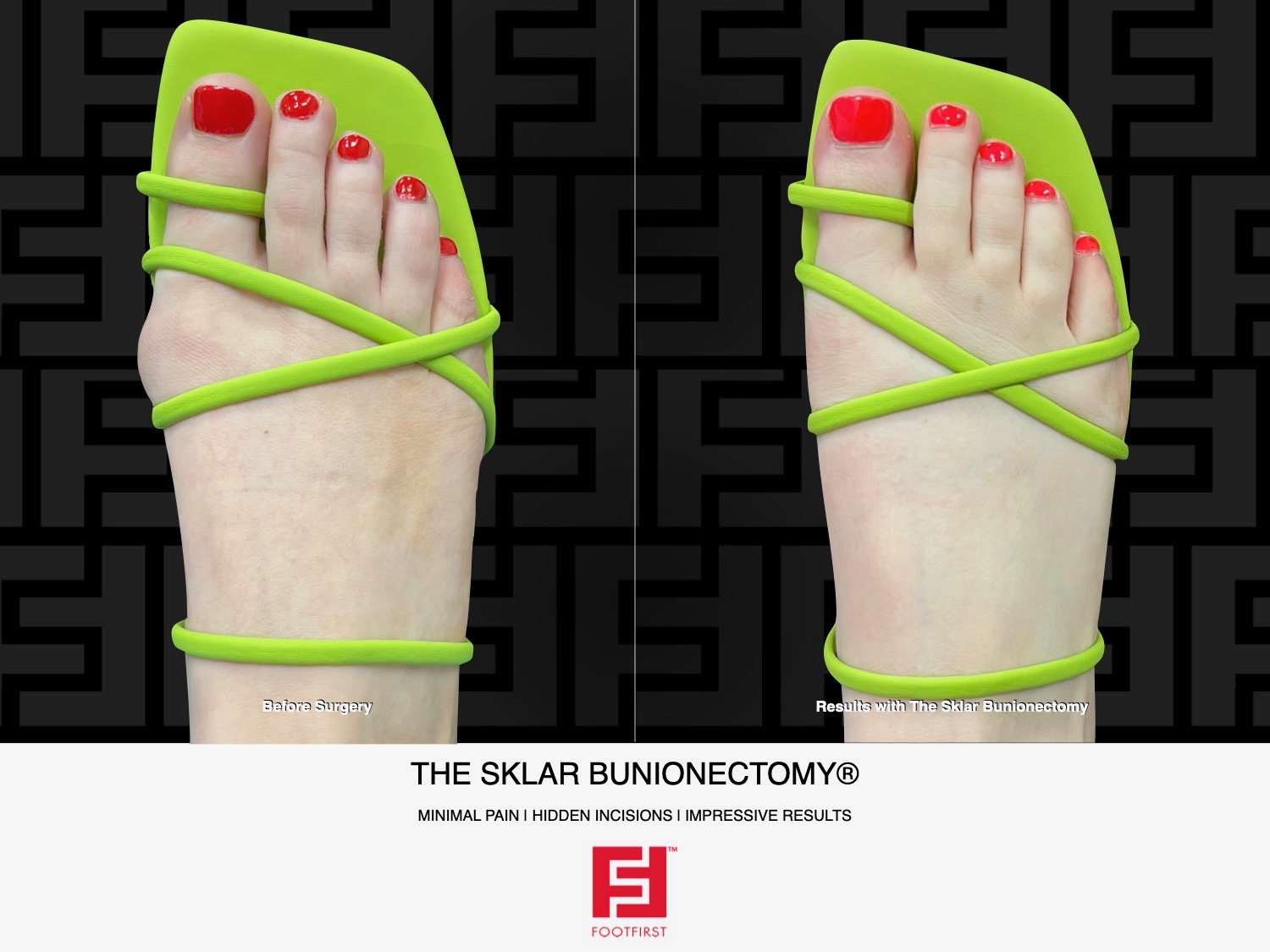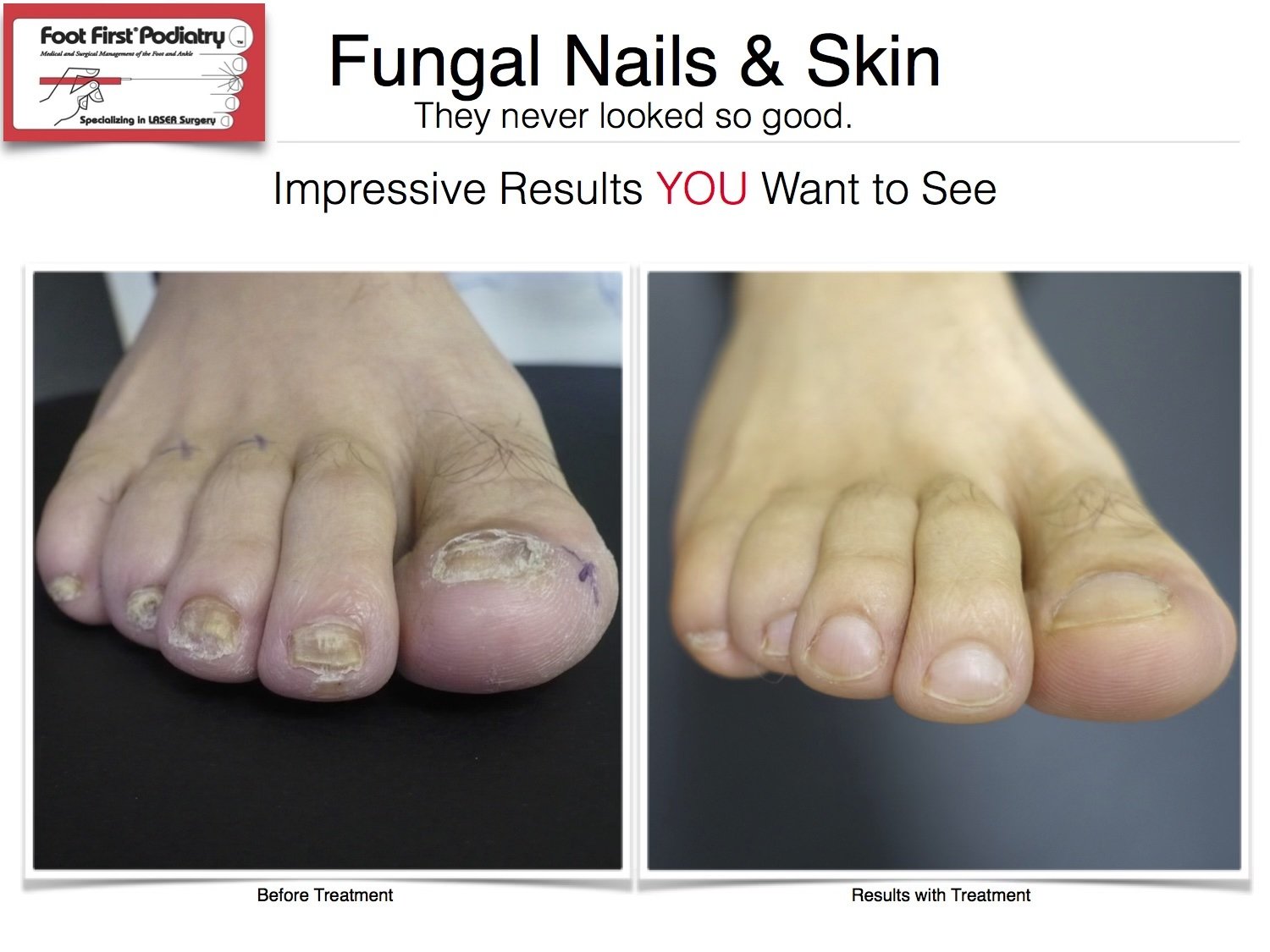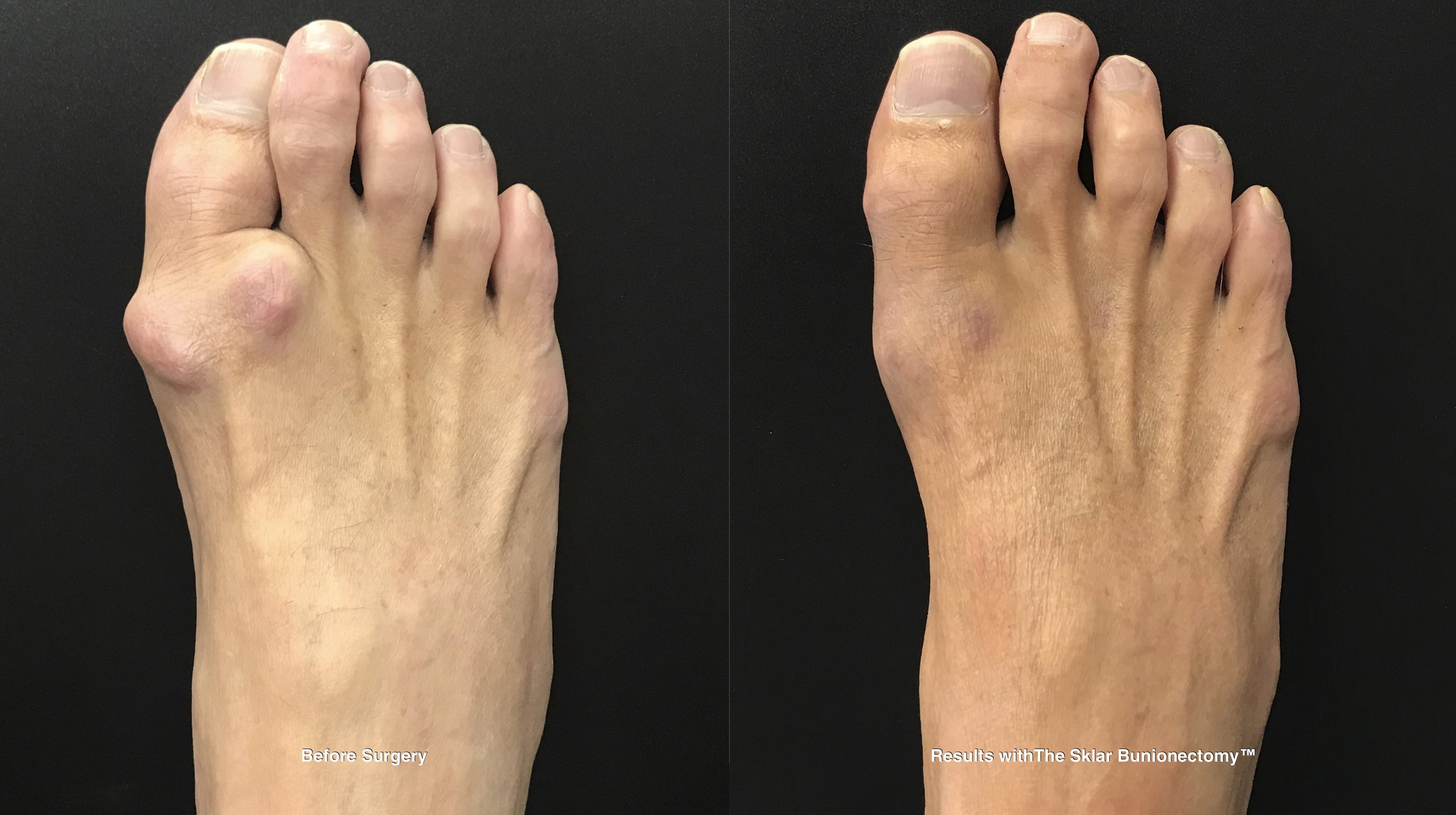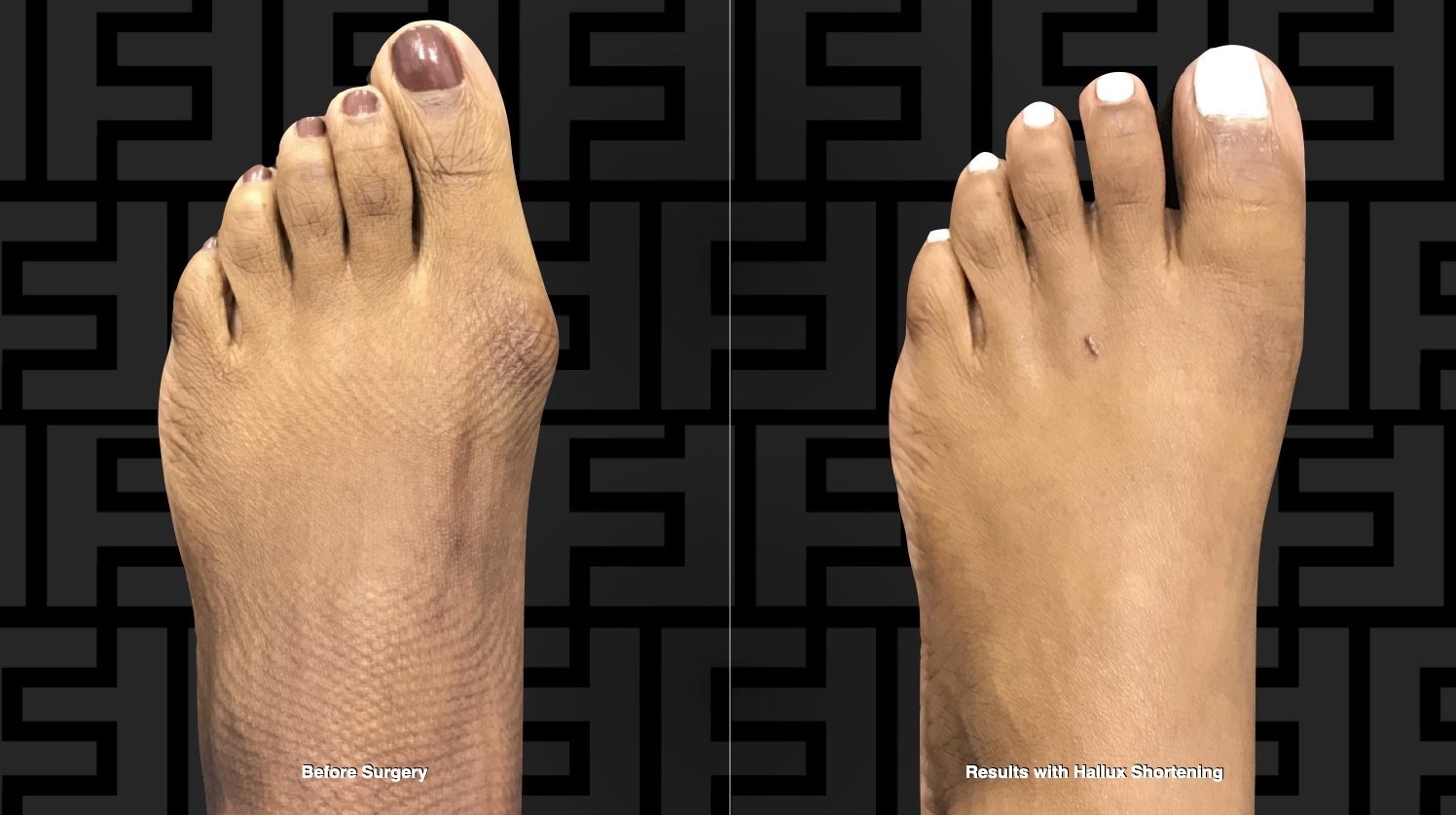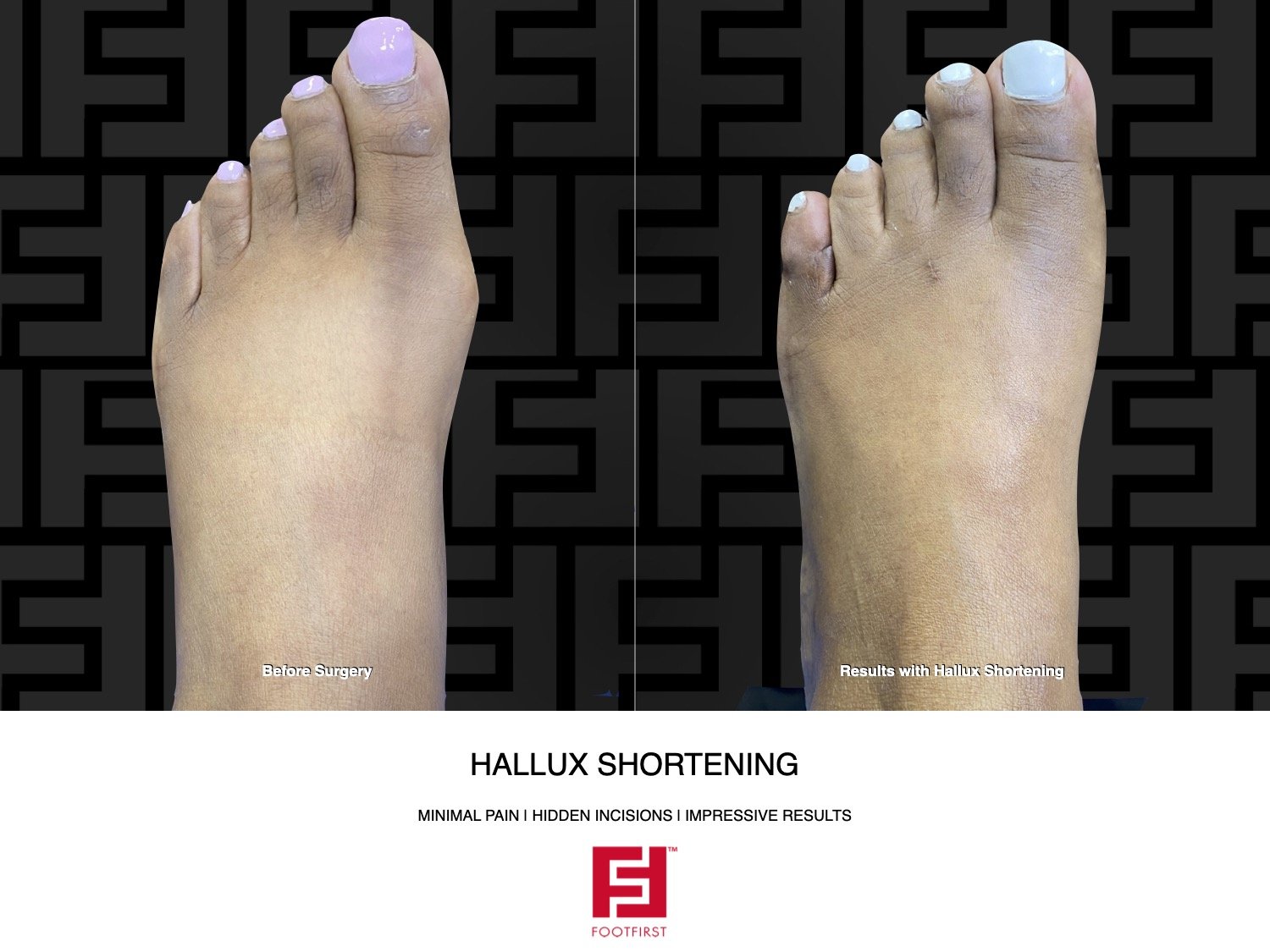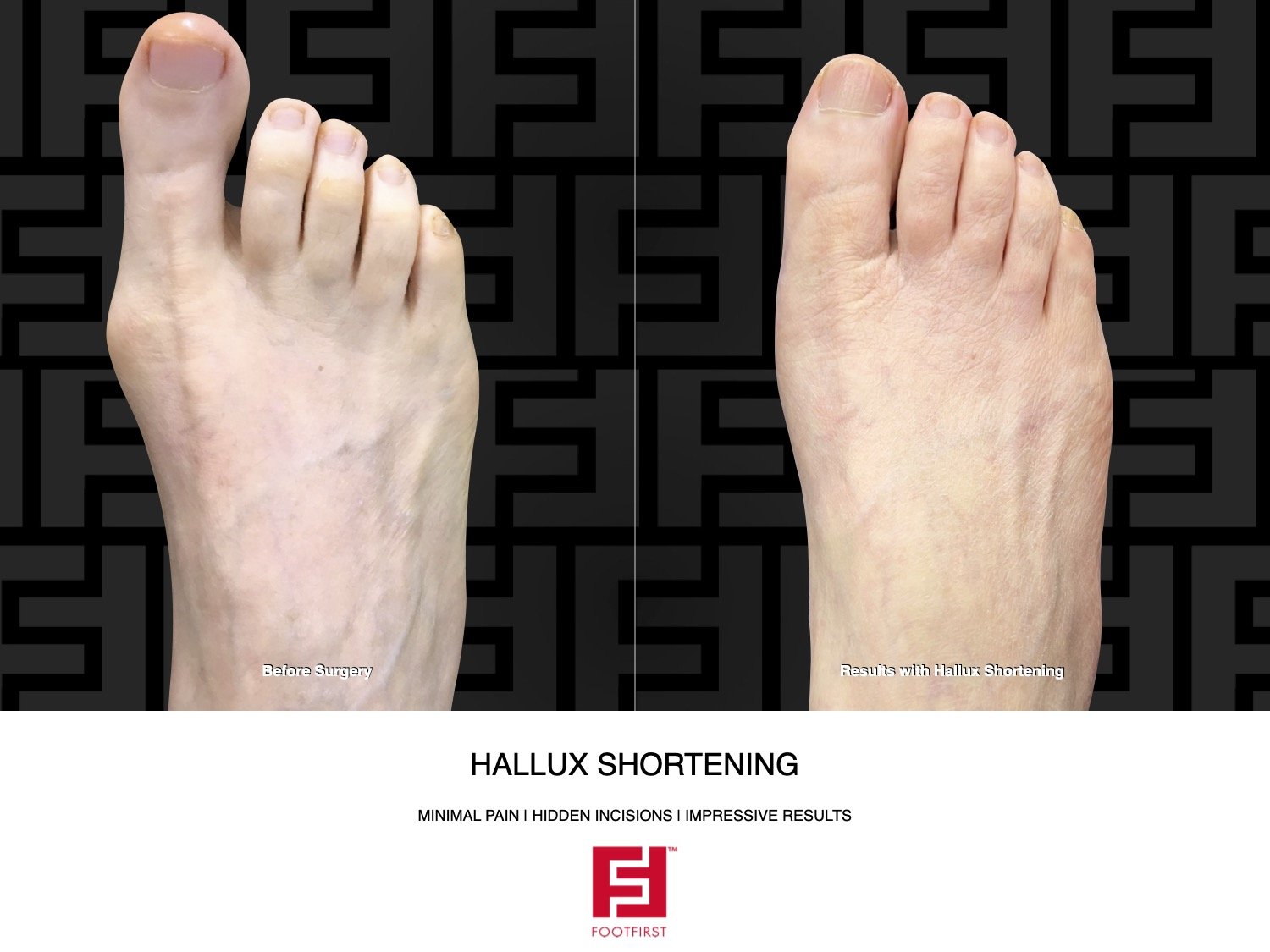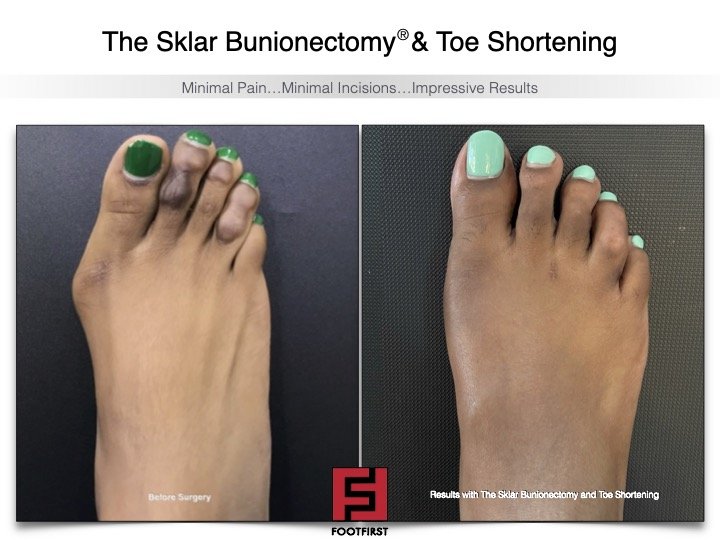Q: Do toe spacers actually work for treating bunions or other toe issues?
The Doctors @ Foot First Podiatry: We spend years studying foot anatomy, biomechanics, surgery — and you have these ads on TV or social media advertising, “Here, jam this piece of rubber between your toes, problem solved!” If it were that easy, our patients would’ve just raided the kids’ toy aisle.
Q: What should people really do when dealing with bunions or long, crooked toes?
The Doctors @ Foot First Podiatry: If you’re dealing with embarrassing bunions or long, crooked toes — first of all, we are sorry. Second, no internet gadget is going to reverse bone deformities. Conservative stuff like pads and spacers can give you temporary relief, sure. But if you actually want to fix the problem — not just smoosh it and hope for the best — come talk to a real doctor.
Q: Why should they come to Foot First?
The Doctors @ Foot First Podiatry: Because we don’t just fix your feet — we give them a makeover. Hidden incisions so nobody knows you had surgery, walking right away without crutches or casts, and faster healing with Platelet Rich Plasma (PRP) and laser therapy. We’re like the secret agents of foot surgery — in, out, no one even knows what happened. Except your sandals. They’ll know. They’ll be proud.
To see how the doctors at Foot First Podiatry tackle bunions - big and small - and long, crooked toes, follow us on Instagram (@footfirstpod), or check out our website (www.footfirst.com).
If you would like a consultation regarding your foot issues, please use the contact us form on our website or give the office a call at 847-352-9221.


